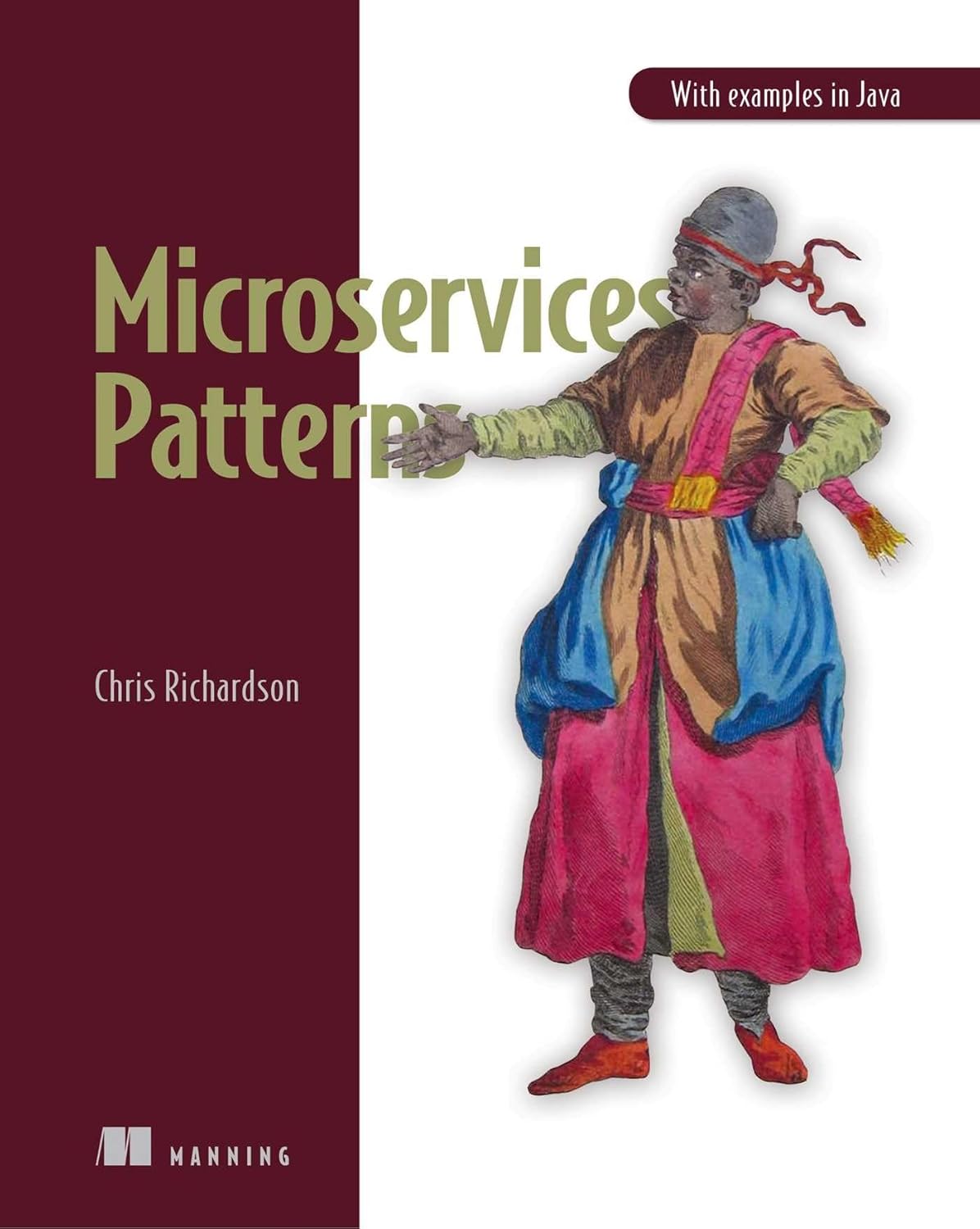Summary
When applying the microservice architecture pattern, the most important design decisions that you must make do not involve technology choices, such as Kubernetes vs. Serverless or REST vs. gRPC. Instead, what’s critical to your success is correctly identifying services, and defining their responsibilities, APIs and collaborations. That’s because if you design your services badly, you risk creating a fragile, distributed monolith where every service is a potential point of failure, and services regularly change in lockstep.
Through a combination of lectures, discussions, and kata exercises, Chris will walk you through distilling your application’s requirements into a collection of loosely coupled, appropriately-sized services.
Agenda
Day 1
- Designing a microservice architecture for fast, sustainable flow
- Discovering system operations
- Designing subdomains
- Service collaboration patterns
Day 2
- Designing a service architecture
- Evaluating a microservice architecture
- Refactoring a microservice architecture
For who?
This workshop is for you if you’re an experienced developer, architect, CTO, or VP of engineering and you are either using or planning to use the microservice architecture.
Learning Objectives
- Understand when to use the microservice architecture
- Identify and define services
- Design operations that span multiple services using patterns such as Saga and CQRS
- Evaluate a microservice architecture and identify architectural smells
- Refactor and improve an architecture
- Document a microservice architecture
Requirements
You are an experienced developer or architect and are either using or planning to use the microservice architecture.
Bring your laptops for the design exercises, to use Miro boards, ...
The Book
"Microservice Patterns"
Chris Richardson, Manning
Microservice Patterns teaches enterprise developers and architects how to build applications with the microservice architecture. This book also teaches readers how to refactor a monolithic application to a microservice architecture.































